By Eric Hynes in the July-August 2019 Issue
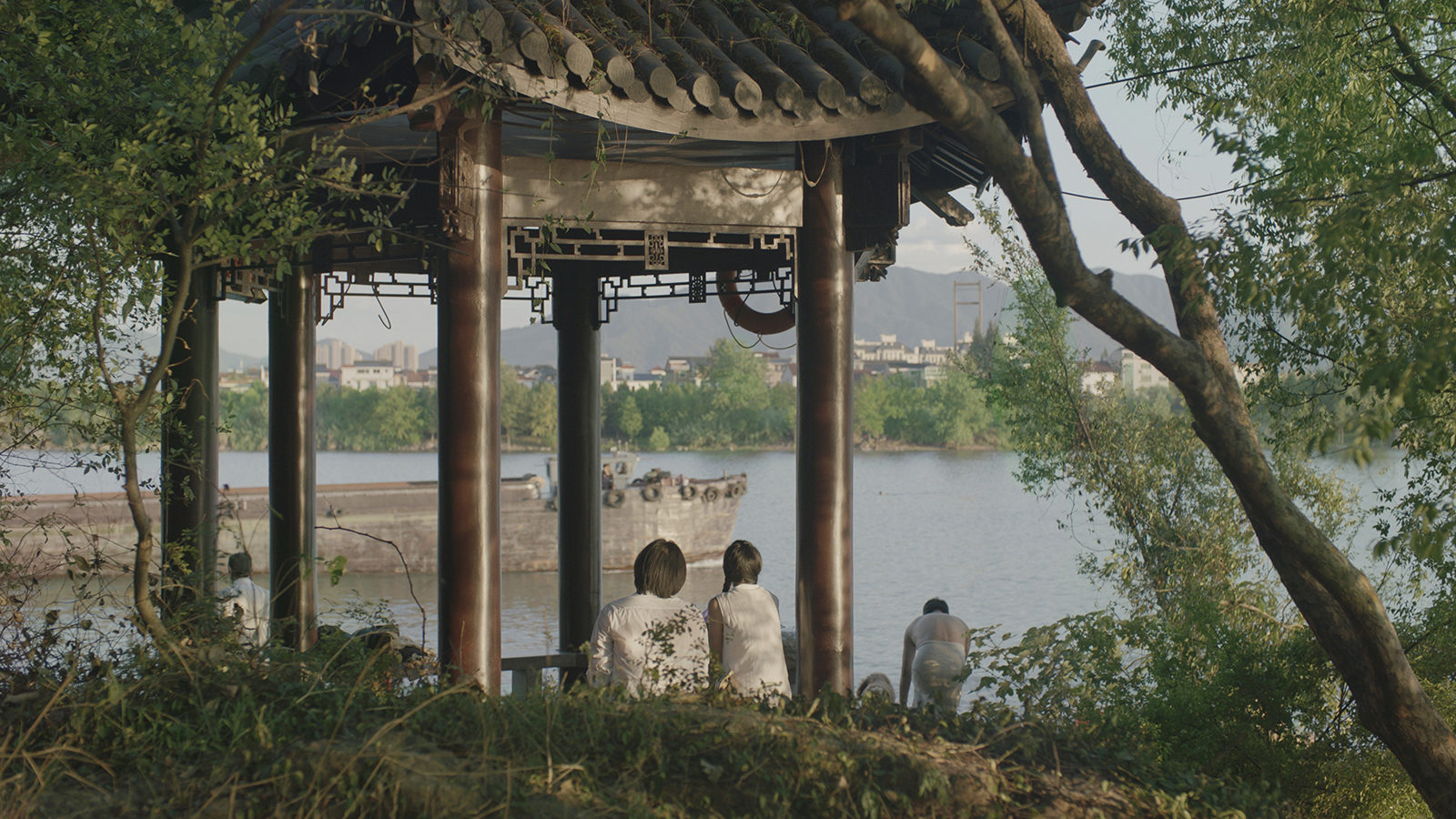
Interview: Gu Xiaogang
“Time is a character”
Shot over two years in first-time filmmaker Gu Xiaogang’s hometown in the Fuyang district of Hangzhou during a time of extreme change—ambitious construction, mass relocation—and starring members of the director’s nuclear and extended family in spaces familiar to them, Dwelling in the Fuchun Mountains is oriented toward documentation. And yet its aesthetics and form bear no resemblance to those of a documentary film. It’s unambiguously scripted, plotted, choreographed, shot, and edited like a fictional narrative. And a great one at that. Only the first of what Gu promises will be a trilogy of films exploring the terrain, Dwelling in the Fuchun Mountains has a wide scope and ensemble cast yet feels minutely observed, lived-in, life-sized, and unhurried by anything beyond its own frame—a close cousin to the work of Edward Yang. When we look back at life along the Fuchun Mountains during the second decade of the 21st century, at how the landscape and the people changed, at how winter became spring became summer became fall and then winter again, and onward, we’ll have a peerless document in the movie Dwelling in the Fuchun Mountains—akin to the one recorded in wash painting on paper, created in and representing the same place 670 years before.
For Film Comment, Eric Hynes interviewed Gu Xiaogang in Cannes where Dwelling in the Fuchun Mountains had its world premiere in Critics’ Week.
This is a web-only interview. Read Eric Hynes’s Make it Real column on the film in the July-August 2019 issue of Film Comment.
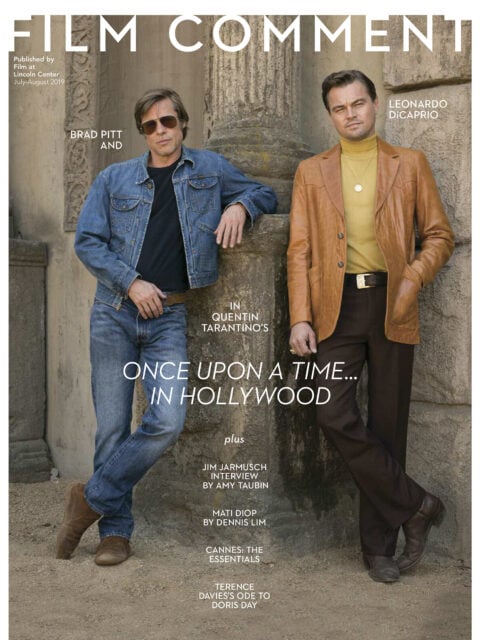
From the July-August 2019 Issue
Also in this issue
What’s your relationship to the region depicted in the film?
This is my hometown–Hangzhou, Fuyang.
Had you always wanted to make a film set there? Or did this project emerge more recently?
I wanted to write a story about my parents. They ran a restaurant for many years, which had been demolished because of the government reconstruction of the area. I had been studying film in Beijing for a year or two, then went back home to do some field research for the script and found that my hometown had been rapidly changing a great deal. At the very beginning, it was just a suburban place–it was not included in Hangzhou City. Later it became a district [in Hangzhou], and they created a high-speed train to Beijing that only takes 5 hours. Right now they are building subways, preparing for the 2020 Asian Olympic Games. I found the changes to be so big, and happened so quickly. In order to present what is happening in the city right now, I enlarged the scene, and put some new characters in the script. I also added the background of four seasons.
Considering you wanted to represent these rapid changes in the area, which were happening in real time, why did you elect to make a fictional film, rather than a documentary?
The film at first was inspired by an ancient Chinese landscape painting named “Along the River During the Qingming Festival.” And this painting technically-speaking is very good, but besides it also has a very high value of documentary–like record. It lets people commemorate or remember what happened in that time–how people wore clothes and how they communicated, how they sold things. This kind of painting inspired me a lot. Somehow it can explain why I chose to make a fictional film rather than a documentary. I wanted to employ a picturesque way of depiction. I wanted to use this film in a parallel way [to this type of painting], to show what happened during the present day. The film itself is only a medium to show these kinds of changes [that were going on in the town]. I wanted to try something new, using a new film language. So I chose a fictional film inspired by landscape paintings, rather than only documentary. Because it’s like a kind of brand new thing in film language, there weren’t that many references.
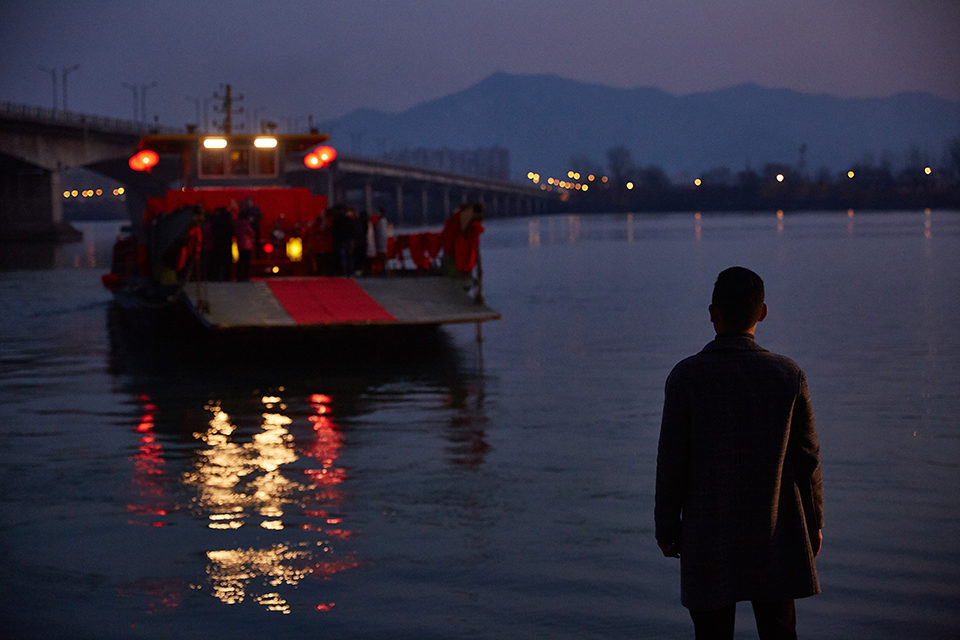
Dwelling in the Fuchun Mountains (Gu Xiaogang, 2019)
Such transference from one form to another always seems productive, or at least stimulating, opening up new possibilities for discovery, or even a new language as you say. No matter how hard you try to make a painting, it’s still a film, yet the impossible attempt yields something new. The genre of painting you’re referencing does have a documentary quality, recording the clothing of the era, the homes, and countless other observed details, but it’s also very narrative, and tends to be linear in the way that you look at it. You’re reading through it.
For the Chinese shen shui scroll painting–it’s not always [presented] like when we visit museums. It’s on a spindle, it’s a scroll. You need to open it slowly, and from right to left, giving it something like [the quality of] a film. It allows you to tell the story slowly, rather than just give you all of a sudden everything. For normal photos or pictures, we can see the space directly, immediately. But [in shen shui] you can see the eternity of time and infinity of space. Something like this. For a single shot, it’s not hard to represent things as a painting, or the feeling of a painting I want you to have. The question is how to make it feel like a painting in general, for the whole film. There are so many filmmaking techniques–do they harm this sense of a painting? We discovered a new way of shooting–it’s about the emptiness of the landscape. When you open the scroll of a painting, you will see the landscape first. Then, when you take a closer look, you will see the characters, and other details. Then you will see the landscape again. This was one solution to make the whole film like a painting. We created a term called “scroll montage.”
“Scroll montage”?
Montage, yes. For example, when you see a painting, you can see the trees in the foreground, and something else in the background. And they exist simultaneously. Do you remember the very big trees in the film?
Yes.
It connects different characters. They all have relationships with these trees, and [these relationships] take place simultaneously–at the same time. We’re using the camera, the lens, to create the same kind of thing [as the painting]. But it is still a film, it’s the medium I want to use to represent what I want to express. I want to tell a story to the audience, and to use the plot as a container for my aesthetic expressions.
Regarding this notion of “scroll montage,” how much did arise through the editing, or were you preparing for that effect during production? Did you always know exactly how this was all going to fit together?
This idea of “scroll montage” developed more and more during the production. During the middle of production, actually. At the very beginning, I edited and shot at the same time. Since we were making it over four seasons, we had some time to wait and consider, and reconsider whether [what we were doing was] good or not. For a single shot or scene, it’s easier to capture the feelings of paintings. But for the whole thing–the setting up of the aesthetics to represent the theme of infinity, of time and space–we arrived at that during editing, in post-production. The whole procedure of the film was arduous and very difficult, because it was the first feature I’ve made. I was always learning something new while shooting this film.
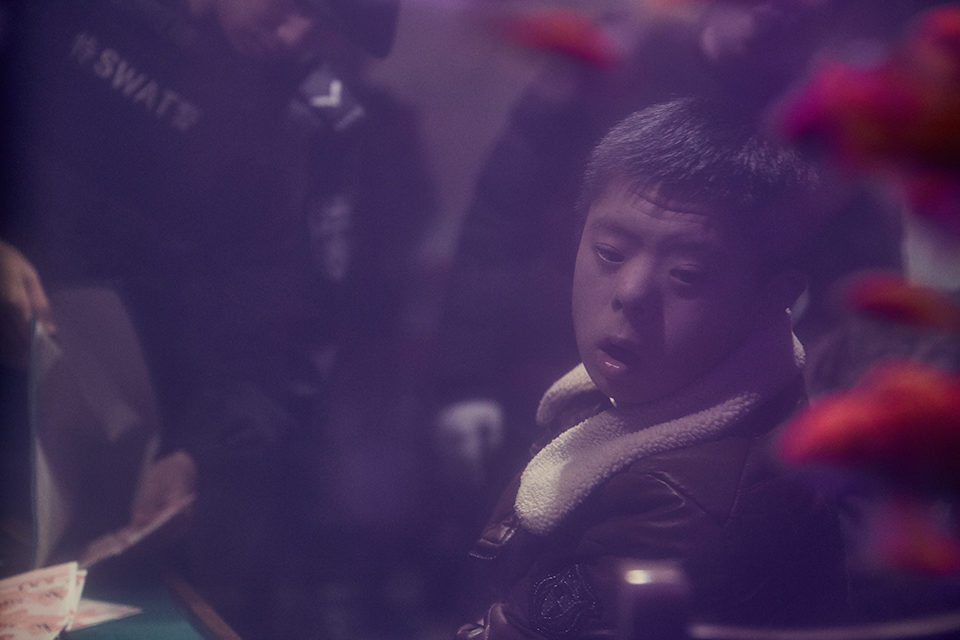
Dwelling in the Fuchun Mountains, (Gu Xiaogang, 2019)
That seems ideal to me, not always knowing exactly what you’re going to do, and figuring out a language and methodology as you go, as you process what’s happening. You used the word “container” before, referring to the story, the narrative, but I feel like in some ways you’ve also created a container big enough to allow for things to happen that other films might miss, like the everyday changes in the region, and also changes over the four seasons.
Time plays a very important role in this film. Which not only refers to the time I spent shooting–it took a long time, three years in total–but also time is a character. For me, the filmmaker stands in the background, not in the foreground. For example, the long shot of swimming in the summer. It took me two years in total to get this shot, this scene. We went back to that place and captured the shot every summer, and in total we got four or five takes. My role was just like the man who is conducting a ceremony of sacrifice. In every different take the fog was different, the gifts were different. I preferred this one that featured two dogs. It was like god just fell to the earth and gave me two dogs. It was an interaction between myself, the film god, and nature. It wasn’t just left to me to decide everything.
Did you know from the beginning how long it was going to take to make the film? Or were you planning on one year, and then realized you needed more time, another cycle through the four seasons? Not to harp on this, but that length of shoot is far more typical of a documentary, to spend two to three years filming in the same region. How did you maintain a continuity and commitment from the actors, considering this span of time?
It’s not what I had planned, to shoot for two full seasons. But at the beginning there was no money. Yet we still needed to record the changes that were happening so rapidly. So we adopted some indie film methods to record it. You can see that some scenes were shot by a Sony A7S–very simple, not high technology. And there were no stars in the crew, no stars among the actors. For financiers it was too risky for them to put money in this kind of project. And then with the four seasons [approach]–it was not normal. So I got some money from loans, and from friends, and got a chance to shoot some scenes. Then I went to a lot of film festivals that had pitching programs, and brought some material to show people, where I had the chance to meet the film’s [eventual] financier, Factory Gate Films, who supported us financially and creatively. As for how we maintained the relationships with the actors and the crew members, most of the actors are my relatives. So even after we finished shooting for a while, we hung out together often. Especially because China is a very social society. And then among the crew, nobody was very experienced. So we made progress together, we shared the bitterness together, the happiness together. It was not that difficult to get along well with each other.
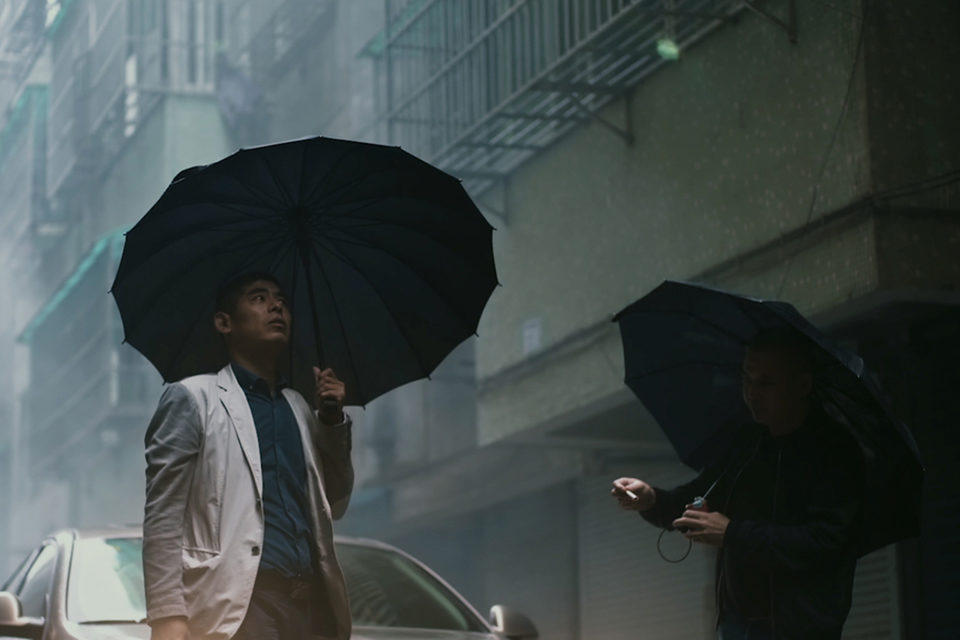
Dwelling in the Fuchun Mountains, (Gu Xiaogang, 2019)
Were your relatives playing direct versions of themselves, or were there variations and wholly fictional characters as well?
Most of them just play themselves. Even for the fictional characters, one person is the combination of different kinds of people reflected on himself. Even when I got a bigger budget, I wanted to keep using relatives as actors, because they bring something very sincere. I learned this from the movies of Ken Loach–where you’re still touched even though he has very high techniques of filmmaking. Some techniques won’t harm the true action.
Since you mentioned Ken Loach, I’m wondering who and what else you were watching when thinking about your own work–beyond the painting.
I’ve also been inspired by Hou Hsiao-hsien’s films, and also Ozu’s Tokyo Story, the Greek filmmaker Theo Angelopoulos, and also Apichatpong Weerasethakul.
It’s exciting to see a work that feels entirely new, but that also makes you, in ways small and great, think of others filmmakers working at a high level. Do you mind my asking how old you are?
30.
Bless you. I can’t wait to see more.
Well, it’s a trilogy, so you will have two more [to see]! This is the first volume, and I have two more to shoot. There will be a new story in volumes two and three–I will adopt the perspective of the river. But the characters will overlap to some degree.
Eric Hynes is a journalist and critic, and curator of film at Museum of the Moving Image in New York.







